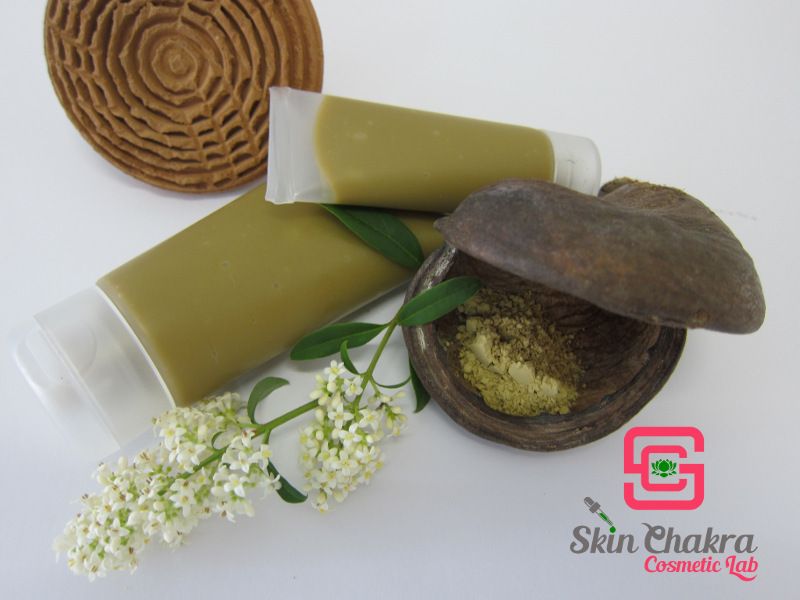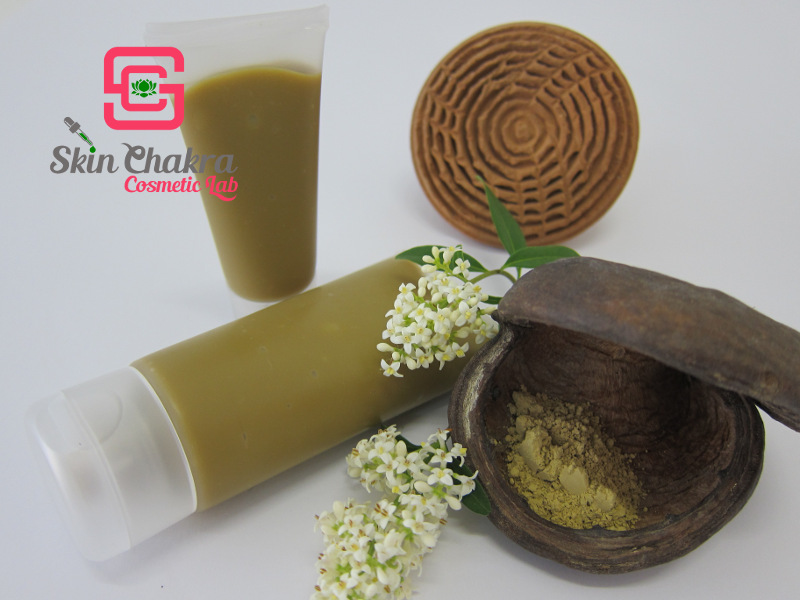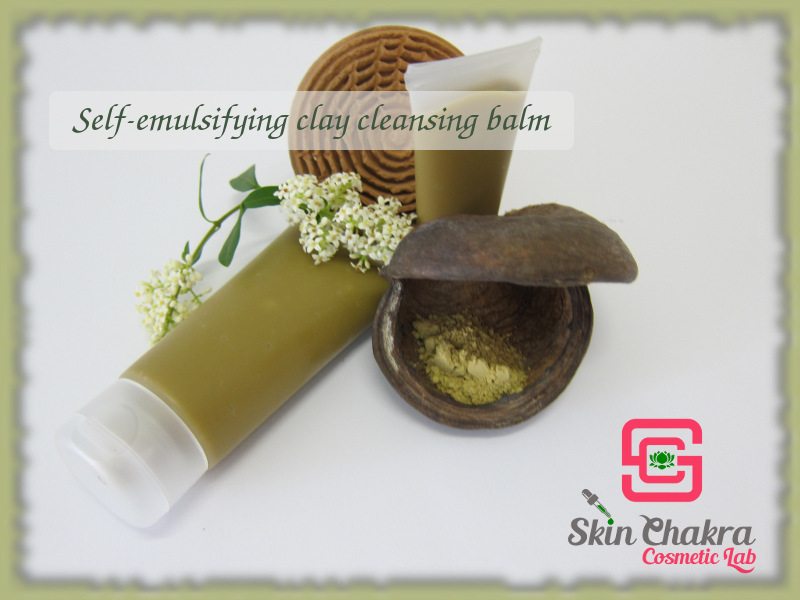You're certainly aware that clays are among the most tricky ingredients to preserve in a cosmetic formulation. One of the safest ways to incorporate clays in products is to create self-preserving products with a low water activity (formulations with no water content such as cleasning balms for instance).
As long as there is no water in the product there is no contamination/growth and you can create and pack amazing cleansing balms with no water and have a clear conscience that your product is self-preserving and free of contamination.
So far so good.
What happens however, when you pack such a balm in a jar (no single-dose packaging) and your consumer adds some water to the poduct with each application (this is almost inevitable. You can add as much warnings as you want to the label but it doesn't help much). In that case, the product doesn't remain self-preserving and sooner or later (depending on the jar/content size, how long does it take for the content to be used, how much water does your consumer add each time to the content, quality of the water, quality of the clay, etc. etc.) unwanted guests appear in the product (sometimes quite easily observable with naked eyes and sometimes not quite that obvious).
To remove this risk factor, it would be quite desirable to pack the product in a container where the chances of adding water to the content during application is next to zero.
Sounds quite easy, or not?
This is easier to say than to achieve. If you have ever tried to pack a balm in a tube and then have tried to apply the balm from the tube you know what I mean.
Solving two problems with one ingredient
To create a kind of soft-balm which you can fill in a tube and easily apply from a tube (like a cream) we have used our newly arrived emulsifier polyglyceryl-4 oleate. This emulsifier not only imparts a kind of "flow" to the balm, it turns into a kind of foam by applying water and emulsifies the oils and butters in the balm. This improves the skin feel after rinsing and prohibits a sticky, greasy skin feel which you usually have after rinsing a cleansing oil/balm when you have no suitable emulsifier in the formulation.
Follow me through this easy tutorial and create a safe and pleasant self-emulsifying, self-preserving clay cleansing balm.

Ingredients:
| Phase A |
|
| Myrica fruit wax |
15,0% |
| Babassu oil |
15,0% |
| Cupuacu butter |
10,0% |
| Cocoa butter |
10,0% |
| Sunflower lecithin |
0,5% |
| Phase B |
|
| Macadamia oil |
24,7% |
| Apricot kernel oil |
7,0% |
| Evening primrose CO2 extract |
1,0% |
| Natural tocopherols |
0,5% |
| Rosemary CO2 extract |
0,1% |
| polyglyceryl-4 oleate |
10,0% |
| Allantoin |
0,2% |
| yellow clay |
5,0% |
| Phase C |
|
| Mandarin essential oil |
0,9% |
| Wintergreen essential oil |
0,1% |
Procedure:
1- Blend phase A and B in separate beakers. Allantoin and clay do not dissolve in oil, you can only suspend them.
2- Heat phase A in a water bath @ around 60 oC till all of the waxes and butters melt.
3- Stop heating, remove from the bath and add phase B and blend.
4- Start cooling. To avoid graininess put the container in the fridge and blend every now and then completely untill coming to a thick trace.
Read our previous post about graininess in butters and balms:
5- Add the essential oils and fill in suitable tubes. Bring the tubes into the fridge and let them stay overnight.
6- Seal the tubes (depending on the tube) and voila: you have your self-emulsifying, self-preserving cleansing balm.

BeHappy and have fun




